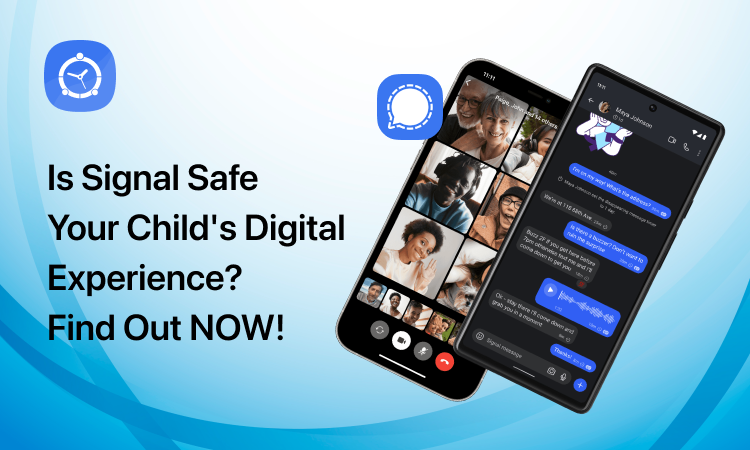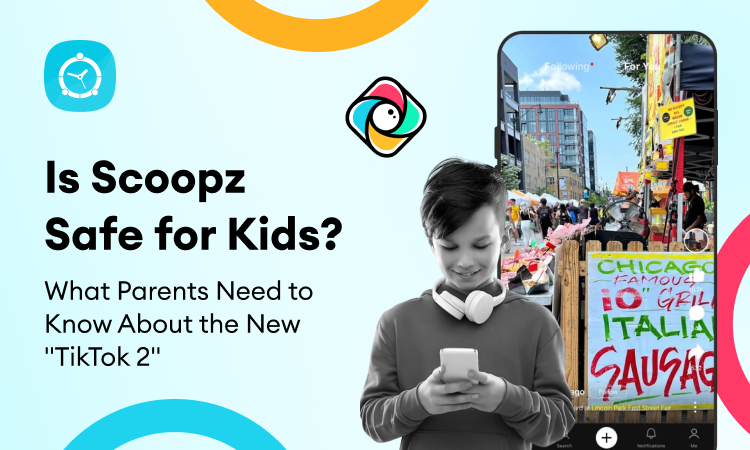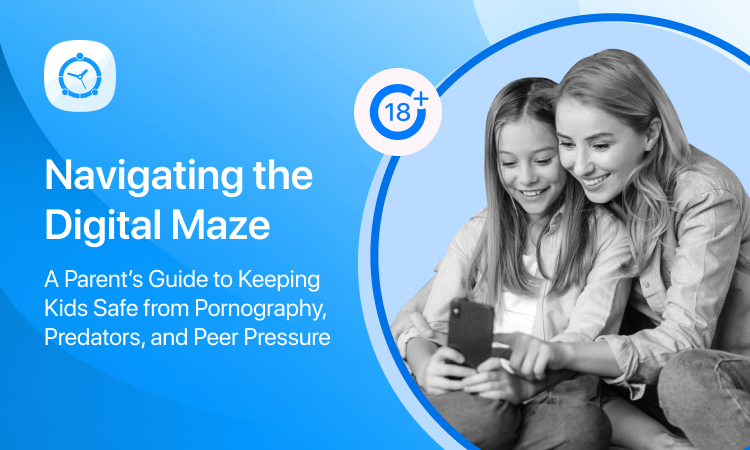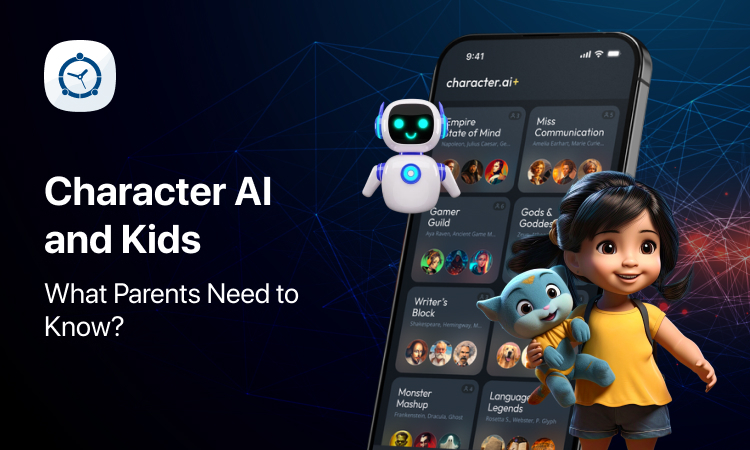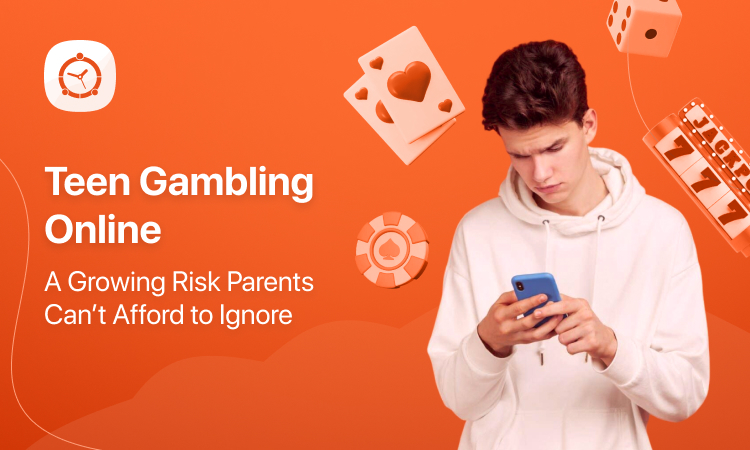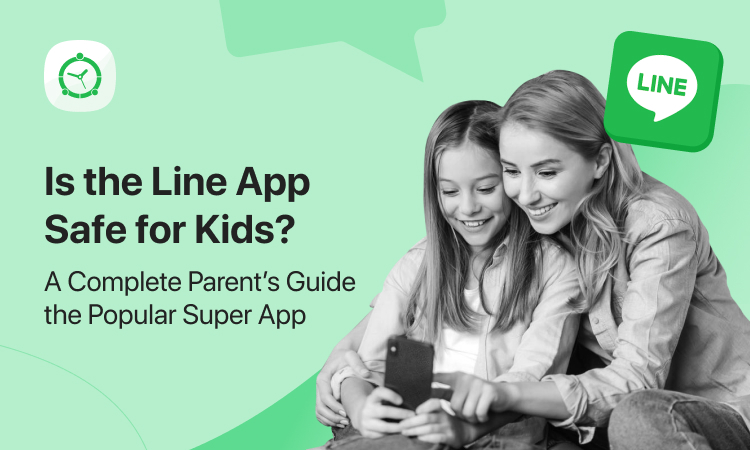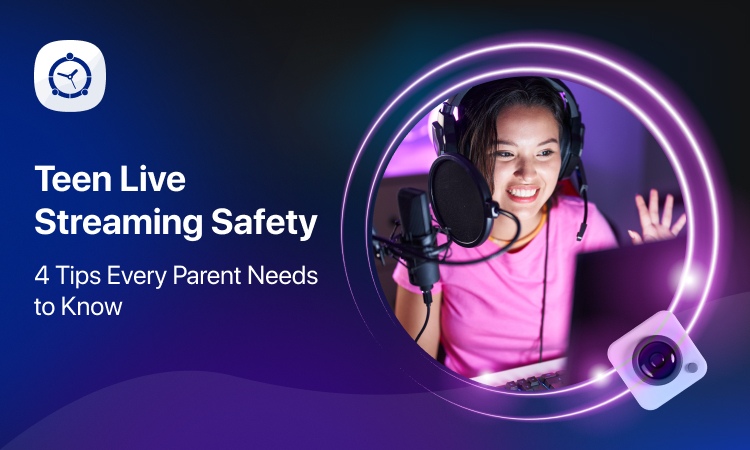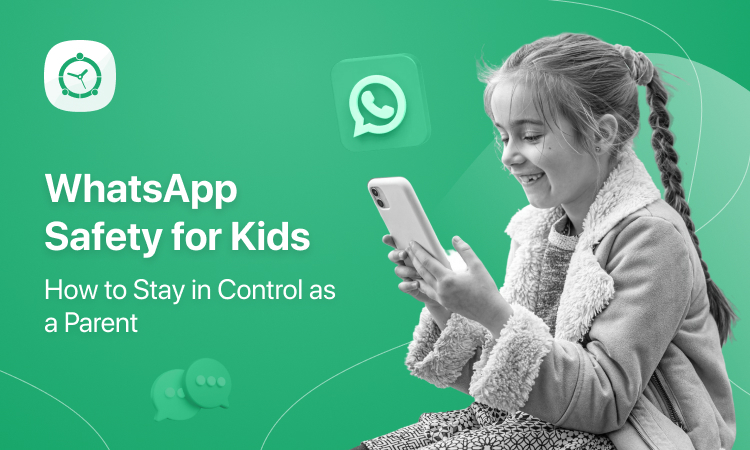Staying connected is one thing that the young generation thinks of all the time. They want to be up-to-date and well-informed and keep others updated about what they are doing. This is why they are more invested in social media. Their obsession with social media is at its best, and they are not satisfied with the limited number of apps. It’s why they search for new apps like Signal, which puts you in a difficult spot.
As parents, you know that not all social media apps are safe for kids. So, here comes a question: Is Signal safe for your child to experience digital diversity? Well, knowing the answer by exploring the app and taking the best actions to secure your kids is essential. Let’s have a look at what the app is about and how to make Signal safe for kids.
About Signal – Free & Instant Messaging
Signal is a free, cross-platform messaging app renowned for its focus on privacy and security. Developed by the non-profit organization Signal Foundation, it offers a user-friendly interface and powerful encryption protocols. The data safety and encryption make it a favorite among privacy-conscious individuals and organizations.
The app aims to provide the safest communication channel for individuals and keep their chats hidden. However, kids find the app useful when they can hide their communication from their parents. Signal safety regarding messages and data allows kids and teens to interact with strangers online and may invite potential digital threats.
What Features Signal Offers for Exclusivity?
When it comes to messenger apps, you can find a number of popular apps like WhatsApp, Instagram, and more. So why Signal? Well, it’s a big question. You consider Signal just a messaging messaging app that lets you normally send and receive messages or calls. But deep down, the app does have some exclusive features that make it different and better than its competitors.
Many users do not believe in Meta’s compromised data-sharing policy. That means the company uses the messages and data you share on WhatsApp, Instagram, and other related platforms. They may use it for product development, algorithm integration, etc.
In contrast, apps like Signal are eye candy for people, making them believe that their data is safe and not accessible by anyone. Additionally, numerous features make Signal safe for communication.
End-to-End Encryption
One of Signal’s standout features is its implementation of end-to-end encryption. The encryption refers to the secrecy code, which means messages sent through Signal are scrambled and can only be deciphered by the intended recipient. The process ensures that conversations remain private and secure. It provides the user with the security that their messages cannot be accessed by any other entity on the network or even from the data. Noticing this point, many users adopt this app as a priority.
No Trade on Information
Unlike some other messaging platforms that monetize user data for targeted advertising, Signal staunchly opposes this practice. The platform does not collect data and does not engage in any form of data mining or tracking. This commitment to user privacy sets Signal apart in an era where data exploitation is commonplace.
Personalized & Encrypted Stickers
Signal offers a range of fun and expressive stickers for users to personalize their conversations. Importantly, these stickers are also encrypted, ensuring that even seemingly innocuous content remains private between users.
Group Chats
Signal allows users to create secure group chats, enabling seamless communication among friends, family, or colleagues while maintaining the same level of privacy and encryption as one-on-one conversations.
Disappearing Messages
For added privacy, Signal offers a feature that allows users to set messages to disappear after a specified period, ranging from a few seconds to a week. This feature is particularly useful for sensitive conversations or ephemeral updates.
Not just the text messages but also the media files shared on the platform can disappear. This seems like a good feature to keep the users sticking to the app, ensuring their shared files are only available for a limited time and can no longer be accessed by receivers other than their set limit.
How did Signal become dangerous for Children?
Despite its reputation for privacy and security, Signal presents certain risks for young users, primarily due to its open nature and lack of age restrictions.
Unrestricted Access
Signal has no such barriers, unlike some social media platforms that impose age restrictions or require parental consent to create accounts. This means that children can easily download the app and create accounts without any oversight or supervision from parents or guardians. Without age verification measures, there’s no way to ensure that users are of an appropriate age to use the platform responsibly.
Inappropriate Content
While Signal encrypts messages to ensure privacy and security, it does not have content moderation mechanisms to filter out inappropriate or harmful content. As a result, children using Signal may be exposed to explicit material, offensive language, or discussions that are not suitable for their age group. Moreover, because Signal allows users to send multimedia files such as photos and videos, children may encounter inappropriate content shared by others.
Lack of Monitoring
One of the biggest challenges for parents regarding their children’s use of Signal is the need for more monitoring and oversight. Unlike traditional messaging platforms, where parents can easily monitor their child’s conversations or activity, Signal’s end-to-end encryption means messages are inaccessible to anyone other than the sender and recipient. This makes it difficult for parents to know who their child is communicating with, what they’re talking about, or if they’re engaging in risky behavior.
Privacy Concerns
While Signal’s emphasis on privacy is often lauded, it can also be a double-edged sword regarding children’s safety. The very features that make Signal secure, such as end-to-end encryption and disappearing messages, can also facilitate secretive or clandestine behavior among young users. Without proper guidance and supervision, children may be more inclined to share sensitive information or engage in risky behavior under the false assumption of privacy.
One Safety Improvement in Signal’s Interface
In response to growing concerns about the safety of young users, Signal has implemented several enhancements to its interface to improve safety. Here is the important one of these:
Safety Number Verification
One notable safety improvement signal introduced is the implementation of safety number verification. When users initiate conversations with new contacts, Signal prompts them to verify safety numbers to ensure the authenticity of the communication. Safety numbers are cryptographic keys unique to each conversation and serve as a fingerprint to verify the integrity of messages exchanged.
Moreover, Signal has streamlined the safety number verification process, making it more intuitive and user-friendly. With clear prompts and instructions, users can easily verify safety numbers and confidently establish secure communication channels. By prioritizing safety number verification and other security measures, Signal demonstrates its commitment to fostering a safe and secure digital environment for users of all ages.
However, it’s important to note that while safety improvements enhance security, they are not a substitute for proactive parental involvement and supervision. Parents should continue educating themselves about online safety best practices and openly communicating with their children about responsible internet use.
Make Signal Safe for Your Child – A Few Tips!
Signal offers numerous safety options as a platform, but it could be safer for kids. You must adopt a few important practices to ensure Signal safety for your young ones. FamilyTime suggests a few recommendations that help you in the process.
Set Privacy Settings
Please familiarize yourself with Signal’s privacy settings and configure them to align with your child’s age and maturity level. This may include restricting who can contact them, disabling certain features, or enabling message previews. Doing so will help you make their experience safer and give you the right control over their digital life.
Adapt FamilyTime Parental Controls
Consider implementing additional parental controls by FamilyTime to supervise your child’s use of Signal. You can use multiple tools to manage things well:
- Set screen time limits to control their overall device usage
- Block Signal app for younger kids to avoid using the app
- Set App approval limits to restrict your kids from installing the apps on their own
- Implement individual app usage limits to control Signal app usage
Monitor Chat History
FamilyTime’s social media monitoring feature lets you regularly review your child’s chat history on Signal. This helps you ensure that your child is engaging in safe and appropriate conversations. Encourage open communication and address any concerns or red flags that may arise.
Watchlist Contacts
Monitor and review your child’s contacts to know if any new contacts are added to their phone book. Watch the list of suspicious ones and get alerts about any messages or calls from these contacts.
FamilyTime’s Verdict on Signal
Signal offers robust privacy and encryption features; parents must remain vigilant and proactive in safeguarding their children’s digital experiences. By implementing the tips outlined above and staying informed about the latest developments in online safety, you can help ensure that your child enjoys a secure and positive experience on Signal and other messaging platforms.
In a world where digital connectivity is ubiquitous, empowering children with the knowledge and tools to navigate the online landscape safely is paramount. With the right approach and guidance, Signal can be a safe and enriching platform for children to connect with friends and family.

